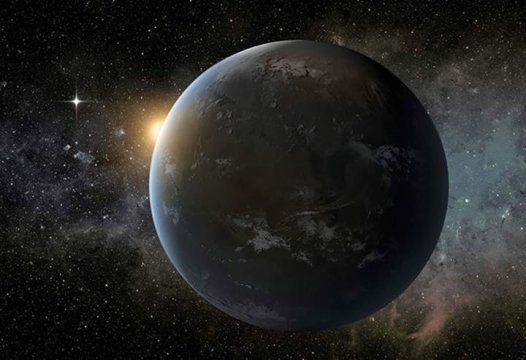Astronomers are investigating whether a planet just 14 light years from Earth could support life.
Critically, Wolf 1061c orbits within its solar system’s “habitable zone”, so its surface may be the right temperature to harbour water.
The mysterious world was discovered by Stephen Kane, a “planet hunter” at San Francisco State University.
“The Wolf 1061 system is important because it is so close and that gives other opportunities to do follow-up studies to see if it does indeed have life,” Kane said in a statement.

The planet’s orbit is believed to lie near the inner edge of the habitable zone, close to its sun.
Normally, scientists would worry that such a planet was too hot, with its star’s heat trapping gas in its atmosphere, causing a “runaway greenhouse effect”.
But Wolf 1061c has an unusually chaotic orbit that means it may experience periods of cooling, enabling water to form.
In comparison with Earth, whose orbit changes over thousands of years, the Wolf planet’s journey alters course much more rapidly.
“It could cause the frequency of the planet freezing over or heating up to be quite severe,” Kane said.
Kane is now excited about the prospect of studying the planet in more detail through a new generation of telescopes.
When the James Webb Space Telescope replaces Hubble, Kane said it might be become possible to detect atmospheric components, which may hold the clue to whether water lies on its surface.
Back in 2015, scientists at NASA discovered the first potential ‘Earth 2.0’. Kepler-452b is believed to have many Earth-like characteristics, and orbits within the habitable zone of a sun 1,400 light years from our own.
But the ‘closest ever’ second-Earth was discovered last August, orbiting a star called Proxima Centauri. It’s just 4 light years from Earth.
